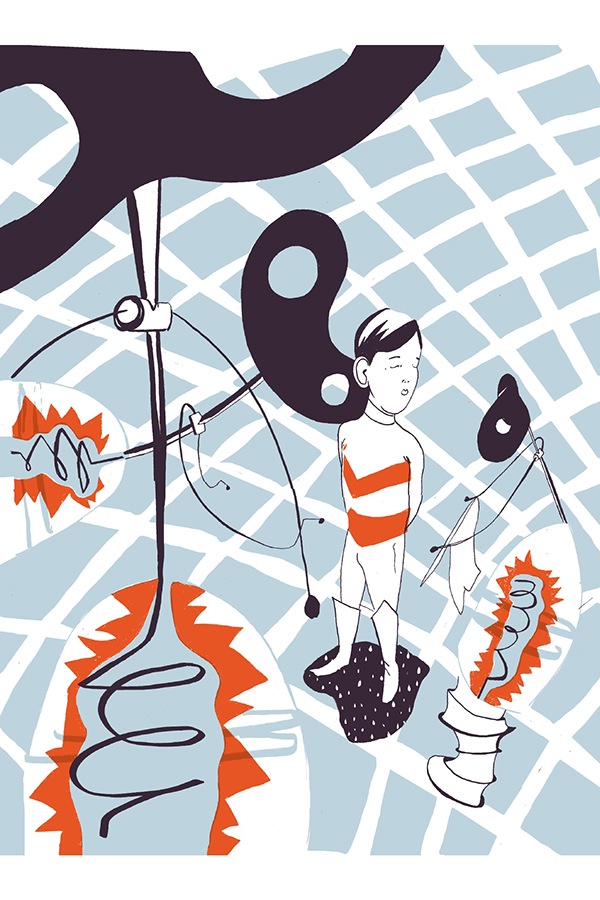A few thoughts on this International Holocaust Remembrance Day:
When my mind wanders these days, it often returns to a moment, to a windswept field just south of Rohatyn in Western Ukraine. Most my Father’s relatives came from this small, ancient town before moving to Canada. The ones who didn’t are likely buried in this field, one of two sites of mass executions in Rohatyn. I was there in the summer of 2019 with my Aunt Helen, to see the places her parents and their relatives had lived. And died. It was a warm June day when we visited the field, today covered with tall grass and scattered patches of the striking, yellow rapeseed that’s prevalent in the area.
The first Aktion was on March 20, 1942. It would have been cold. The Jews had been enduring increasingly difficult persecution since the start of the war. But, things were about to go from bad to much, much worse. This was to be a day of organized chaos, meticulously planned havoc. I’ll spare you the details; it was horrific. By the end of the day, 3,000 Jews, including 1,000 children, had been killed, most of them having been marched out to this field and murdered in cold blood.
Today, the field is mostly unchanged; the locals are superstitious and avoid it. But, bad weather and grave-robbers occasionally bring human remains to the surface, which must be inspected and reburied under rabbinical supervision. Americans Marla Raucher Osborn and Jay Osborn have been leading the arduous efforts to safeguard this site, clean up local Jewish cemeteries (including locating and repatriating stolen headstones) and, yes, deal with human remains. Aunt Helen and I had joined their group that day.
I heard Jay say he needed a shovel and pail from the car and put two and two together. “Jay!” I called out. “I’m coming with you.” He slowed so I could catch up. “I think that’s a good idea,” he said. [I didn’t realize that he also took a photo of me.] As inconspicuously as possible, we collected what we could, then moved them to a secure spot and covered them with earth from the roadside". Then we joined the others and continued with the tour. This certainly wasn’t the first time for Jay but I doubt he’ll ever get used to it.
I still reflect upon the implications of this moment. The horror of it, of course. But, also the sad truth that for the victims on that day there was no difference between rich and poor; no distinguishing the righteous from the corrupt. There was no difference to our killers if we kept the Sabbath, or wore a kippah or not; no special consideration for impassioned liberals or thundering zealots. Bullets silenced those protracted disputes just as abruptly as our spontaneous shrieks of terror. As Jews, we died...
...I'm going to stop there. Writing this, I realize I’ve put myself in the field, on that cold day. It was a lot to process. I guess it still is.
Under the Long, Yellow Rapeseed by Morey Altman (2020)
It is no small thing to hold a man by the jaw,
under the long, yellow rapeseed he lay
until I found him in pieces, anchored
in time and still, like an old, shattered watch
Last night I dreamt of a man with hair of straw,
I turned and asked him the time, we looked down
at the rusty clasp at our feet, scattered
and godforsaken parts, unable now to latch
There is no small thing not worth the time to kill for
or plunder, like gold filled teeth in the dirt
he lay until I could retrieve him
in
bits and pieces, under the long, yellow rapeseed









